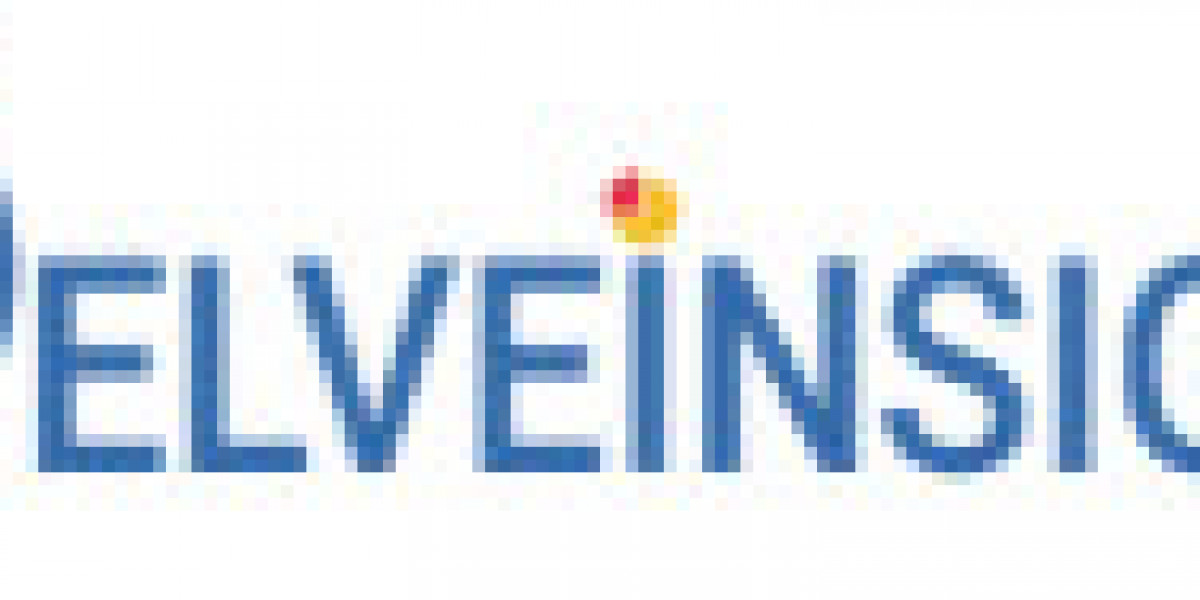The polycythemia vera treatment market is entering a critical phase of change, driven by patent expirations, competitive product launches, and evolving clinical guidelines. For years, JAKAFI (ruxolitinib) has dominated as the standard of care in patients with polycythemia vera who are resistant or intolerant to hydroxyurea. However, as its exclusivity nears an end, the timing of generic entry remains uncertain. Initially, the pharmaceutical industry expected ruxolitinib generics to hit the market soon after its patent expiration, but indications now suggest a possible delay. This shift could extend JAKAFI’s commercial stronghold and delay cost relief for patients and insurers.
The potential delay in generic entry directly affects the affordability and accessibility of treatment. The ongoing question—why is JAKAFI so expensive—remains relevant as the drug’s cost continues to exceed USD 100,000 annually, depending on dosage and insurance coverage. This high expense is a major challenge for both patients and healthcare systems. Many insurers face difficult coverage decisions, and some patients struggle with out-of-pocket costs that can reach thousands per month. While patient assistance programs and copay support help mitigate financial stress for a subset of patients, the overall affordability issue persists. If generic ruxolitinib is delayed, this burden is likely to continue for several more years, reinforcing concerns over the pricing structure of long-standing branded therapies in rare blood disorders.
In parallel, competition in the polycythemia vera market is intensifying. One of the most significant developments is the rise of Besremi (ropeginterferon alfa-2b), developed by PharmaEssentia. Unlike JAKAFI, which primarily manages symptoms and controls hematocrit levels, Besremi offers disease-modifying potential. It works as a long-acting interferon, capable of targeting the underlying clonal proliferation of abnormal blood cells. This mechanism gives it a unique advantage in treating patients earlier in the disease course.
Besremi’s inclusion in the National Comprehensive Cancer Network (NCCN) guidelines marked a pivotal moment for the therapy. It validated its role as a front-line treatment option for polycythemia vera, giving physicians more confidence in prescribing it over older interferons or JAK inhibitors. Its once-every-two-week dosing schedule and long-term tolerability further enhance patient compliance. Pricing for Besremi varies across markets, but it is generally positioned as a more cost-efficient therapy compared with JAKAFI over long-term use.
Discussions around patient experiences are also shaping perceptions of Besremi. Topics such as besremi side effects, comparative efficacy, and quality of life are increasingly influencing treatment choices. Common side effects include flu-like symptoms, mild fatigue, and occasional elevations in liver enzymes, but these are often manageable with dose adjustments. Many patients and clinicians appreciate its potential to induce long-term hematologic and molecular remissions, outcomes that are less common with JAK inhibitors.
As the landscape evolves, another major contender is emerging: rusfertide. Developed by Protagonist Therapeutics, rusfertide represents a novel class of treatment as a hepcidin mimetic. It works by controlling iron metabolism and reducing the need for phlebotomy—a significant quality-of-life benefit for patients who must undergo frequent blood draws to control hematocrit levels. The excitement surrounding rusfertide is high, though rusfertide FDA approval is still pending. Its ongoing Phase III trials have shown promising results in maintaining hematocrit levels without the need for phlebotomy, a key differentiator from existing therapies.
Rusfertide’s potential impact on the market is multifaceted. If approved, it could disrupt both JAK inhibitor and interferon-based treatment strategies by offering a new mechanism of action and a more targeted approach to disease management. Moreover, its injectable formulation and once- or twice-weekly dosing regimen may offer a balance between efficacy and convenience. However, pricing expectations remain high, and rusfertide could debut as a premium therapy. As patients await more clarity on rusfertide cost and reimbursement, healthcare providers are watching closely to understand how it will fit into treatment algorithms.
The regulatory journey for rusfertide has not been entirely smooth. The earlier withdrawal of its Breakthrough Therapy Designation (BTD) by the FDA slowed its accelerated development pathway. Despite this, enthusiasm within the hematology community remains strong, reflecting the drug’s robust clinical profile. Experts believe rusfertide could still play a defining role in reshaping the polycythemia vera interferon therapeutics market once it secures regulatory approval.
The current dynamics suggest that 2025 will be a transitional year for the polycythemia vera space. On one hand, the delay in generic JAKAFI could prolong financial strain for patients and payers. On the other hand, new biologics like Besremi and investigational therapies such as rusfertide promise broader treatment choices and potential clinical advantages. Still, affordability remains the key concern. Even as innovation advances, pricing debates continue to dominate discussions among clinicians, insurers, and policymakers.
Looking ahead, competition between these agents is expected to intensify, especially as real-world data begin to influence treatment decisions. Payers may seek outcomes-based pricing agreements to manage costs, while physicians could prioritize therapies that balance efficacy, safety, and economic sustainability. Patient advocacy groups are also likely to push for increased transparency in drug pricing, aiming to ensure that access keeps pace with innovation.
Latest Reports Offered By DelveInsight:
Calciphylaxis Market | Carcinoid Tumor Market | Cardiac Arrhythmia Market | Cardiac Insufficiency Market | Cardiac Output Monitor Market | Chronic Pain Market | Dilated Cardiomyopathy Market | Erectile Dysfunction Market | Female Infertility Market | Foot and Ankle Devices Market | Gout Market | Hearing Implants Market | Infusion Pumps Market | Interspinous Spacers Market | Knee Osteoarthritis Market | Knee Reconstruction Devices Market | Metastatic Uveal Melanoma Market | Myeloproliferative Neoplasms Market | Myopia Progression Market Share | Nephroblastoma Market
About Us
DelveInsight is a leading healthcare-focused market research and consulting firm that provides clients with high-quality market intelligence and analysis to support informed business decisions. With a team of experienced industry experts and a deep understanding of the life sciences and healthcare sectors, we offer customized research solutions and insights to clients across the globe. Connect with us to get high-quality, accurate, and real-time intelligence to stay ahead of the growth curve.
Contact Us
Kanishk
kkumar@delveinsight.com








